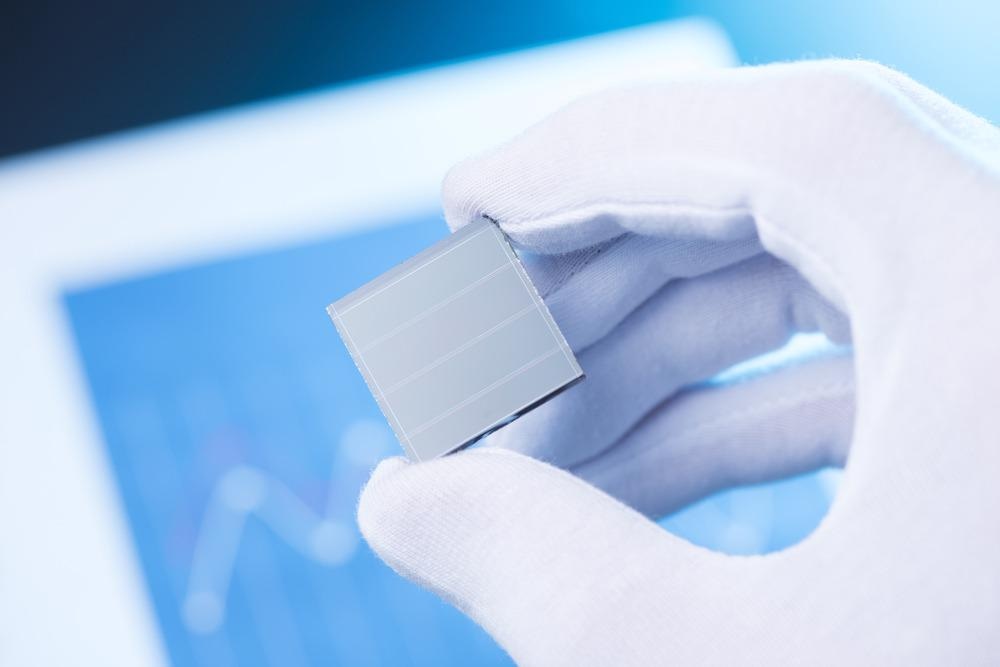The latest article published in the journal Dyes and Pigments discusses advancements in the photovoltaic energy sector, focussing on quantum dot sensitized solar cells.

Study: Review on the efficiency of quantum dot sensitized solar cell: Insights into photoanodes and QD sensitizers. Image Credit: nevodka/Shutterstock.com
Need of Alternative Energy Sources
Each country faces the dilemma of fulfilling increasing needs for electrical energy utilizing traditional energy sources, while also transitioning to more sustainable sources of energy.
For this purpose, much focus is on the enhancement of nonconventional power sources that can deliver both energy and durability. Solar photovoltaics (PV) energy is a huge form of clean energy compared to other alternative energy sources.
Classification of Solar Cells
Solar cells are categorized into first-generation, second-generation, and third-generation solar cells.
Conventional solar cells are first-generation products that are heavily utilized due to their good efficiency and high durability. Second-generation cells are made by use of much simpler fabrication techniques and are known as thin-film solar cells.
The third generation is the novel technology, including quantum dots sensitized solar cells (QDSC), perovskite sensitized solar cells (PSC), and due-sensitized solar cells (DSSC).
What are Dye-Sensitized Solar Cell (DSSC)?
DSSC is the first inexpensive and highly efficient cell founded on dye-sensitized aqueous TiO2 sheets, with an efficiency value of 7.1 to 7.9 percent.
DSSC can transform solar energy into electricity by simulating the biological photosynthetic activity, in which chlorophyll is substituted with different dye compounds. DSSC is mostly manufactured with an organic type of dyes (natural/synthetics) and inorganic dyes containing various metals such as Ruthenium (Ru), Osmium, Copper (Cu), and Iridium (Ir).
Ruthenium-based dyes are found to be dominating because of their higher adsorption capability, durability, effective electron transport, and fantastic performance. However, drawbacks such as increased cost, cytotoxicity, environmental problems, biodegradability, and a weaker molar dissipation factor prompt researchers to hunt for alternatives.
Introduction to Perovskite Solar Cells (PSC)
Initiated by employing metallic perovskite materials, halide perovskite is used as a suitable solar absorbent.
When compared to other PV technologies, PSC technology has seen great efficiency improvement in the previous 12 years. It has the most significant reported efficiency rating for PSC technology, demonstrating the promise of perovskite materials.
On the other hand, PSCs must overcome challenges such as durability, longevity, humidity, and ultraviolet ray impacts to commercialize successfully.
Quantum Dots and Solar Energy
Nanotechnology has begun to reveal significant advantages in multiple sectors, notably developing solar innovations, particularly fullerenes and quantum dots (QD), which are suitable as zero-dimensional (0D) nanoparticles for solar modules.
Scientists are drawn to QD materials because of characteristics such as high absorptivity and simultaneous excited-state production.
In DSSC, QDs aid to improve efficiency while also reducing the concerns of a complex synthetic dye synthesis process, high cost, light-absorbing spectrum, and ecological protection. The inclusion of QD improves the photoanode's energy absorbency as well as interfacial charge and transfer.
Another new low-cost solar energy that has benefited from QDs is polymeric or plastics photovoltaic panels. Because of their mobility and customizable energy levels, QD materials in polymer solar cells enhance photoelectrochemical productivity.
Unfortunately, overheating, continual radiation, and humidity impacts are the primary causes of the PSC's durability concerns, which impede the PSC's effective commercialization.
Including PQD with the deployment of different tactics such as semiconductor chemical modifications, deployment of component modeling, and exterior chemistry is beneficial to improving their efficiency and resolving the durability concerns encountered by PSCs.
What is Luminescent Solar Concentrator (LSC)?
To improve photovoltaic energy harvesting while lowering costs, scientists used a revolutionary approach known as the Luminescent Solar Concentrator (LSC), as a substitute for several types of renewable energy sources.
LSC is a low-cost, flat polymer or glass layer that serves as a diffuser. It is coated or combined with luminous compounds that can absorb radiation from a wide range of solar wavelengths.
Activated luminophores re-emit wavelengths of lower intensity. A part of it is retained in the waveguides by internal reflection and enters the PV cell linked at the plate's borders in abundance.
In short, meeting the need for electric power is a major barrier to many countries' current and prospective stability and prosperity, driving them to develop innovative green technologies.
With the aid of breakthroughs in nanotechnology, one such solution is the conversion of sunlight into electricity using solar technologies.
Continue reading: Nanoporous Metals in Energy Technologies: An Overview.
Reference
Markna, J. H. & Rathod, P. K., (2021) Review on the efficiency of quantum dot sensitized solar cell: Insights into photoanodes and QD sensitizers. Dyes and Pigments. 110094. Available at: https://www.sciencedirect.com/science/article/pii/S014372082200016X
Disclaimer: The views expressed here are those of the author expressed in their private capacity and do not necessarily represent the views of AZoM.com Limited T/A AZoNetwork the owner and operator of this website. This disclaimer forms part of the Terms and conditions of use of this website.